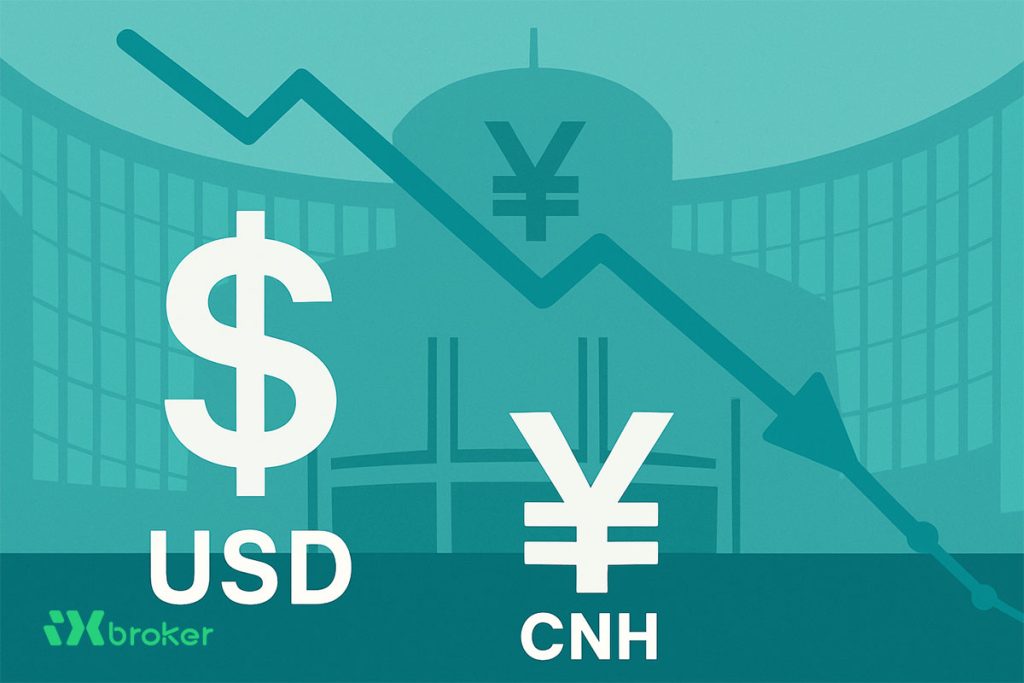West Texas Intermediate (WTI), the US crude oil benchmark, edged higher to around $61.45 during Asian trading on Tuesday as buyers returned following the Organization of the Petroleum Exporting Countries and its allies (OPEC+) decision to implement a smaller-than-expected production increase. Traders are now awaiting the release of the American Petroleum Institute (API) weekly crude inventory data later in the day for further market direction.
OPEC+ production decision supports oil prices
WTI prices found support after OPEC+ announced it would raise oil output from November by 137,000 barrels per day (bpd)—well below market expectations for an increase of up to 500,000 bpd. The alliance has expanded its production targets by over 2.7 million bpd so far this year, equivalent to more than 2.5% of global demand.
Independent analyst Tina Teng noted that the recent price recovery was “primarily driven by OPEC+’s smaller-than-anticipated production hike,” as the group sought to stabilize oil markets following a recent slump in prices.
Geopolitical risks continue to underpin prices
The ongoing war in Ukraine remains a key factor influencing energy markets. Additional Western sanctions on Russian energy exports could further tighten global supply conditions. Reports suggest the United States has proposed that G7 allies impose tariffs of up to 100% on China and India for importing Russian oil, in an attempt to pressure Moscow to end the conflict.
IEA forecasts surplus, limiting further upside
On the downside, the International Energy Agency (IEA) projected that the global oil market could shift into a record surplus of 3.33 million bpd next year, around 360,000 bpd higher than its previous estimate. The anticipated supply increase, as OPEC+ gradually restores output, could weigh on WTI’s upside potential in the near term.




